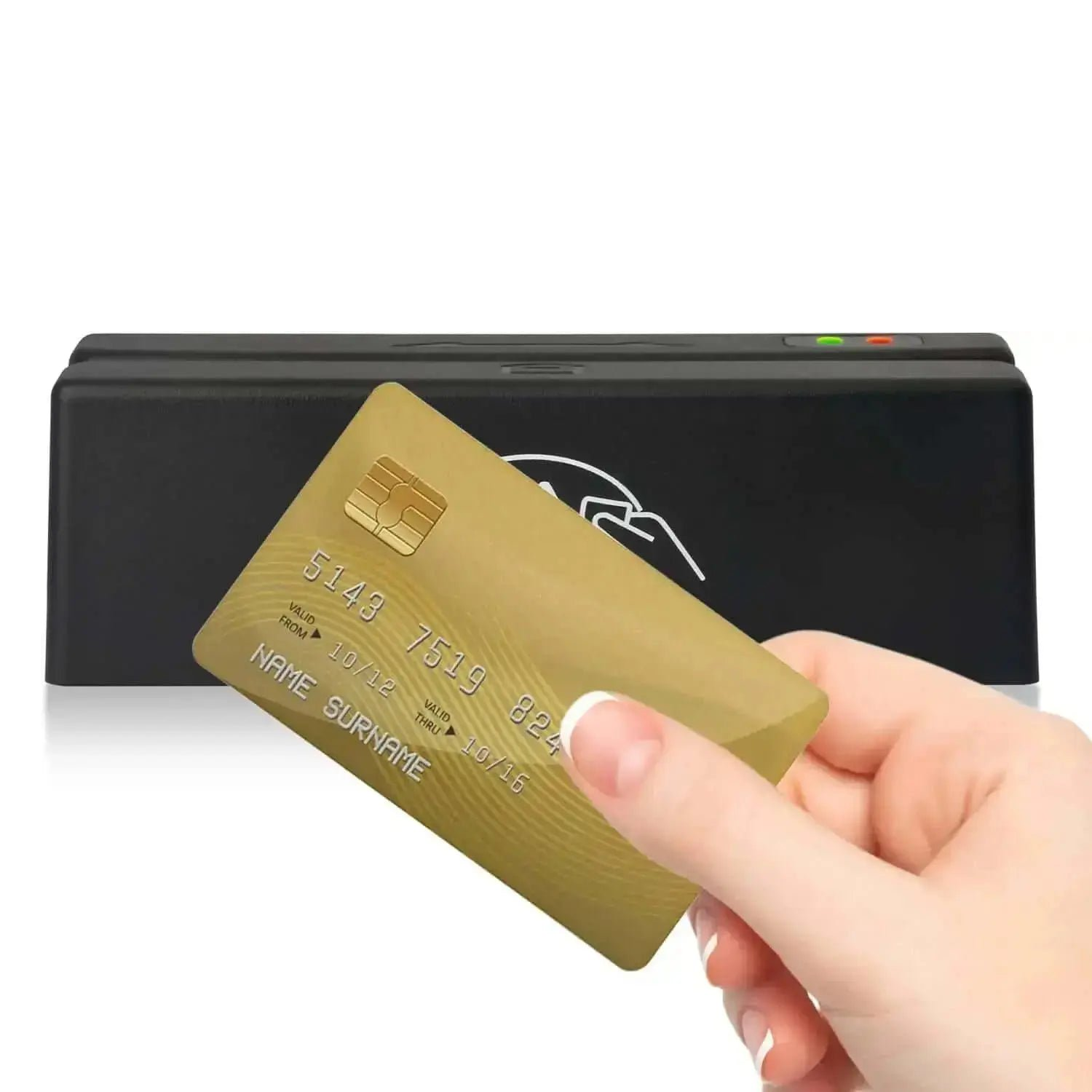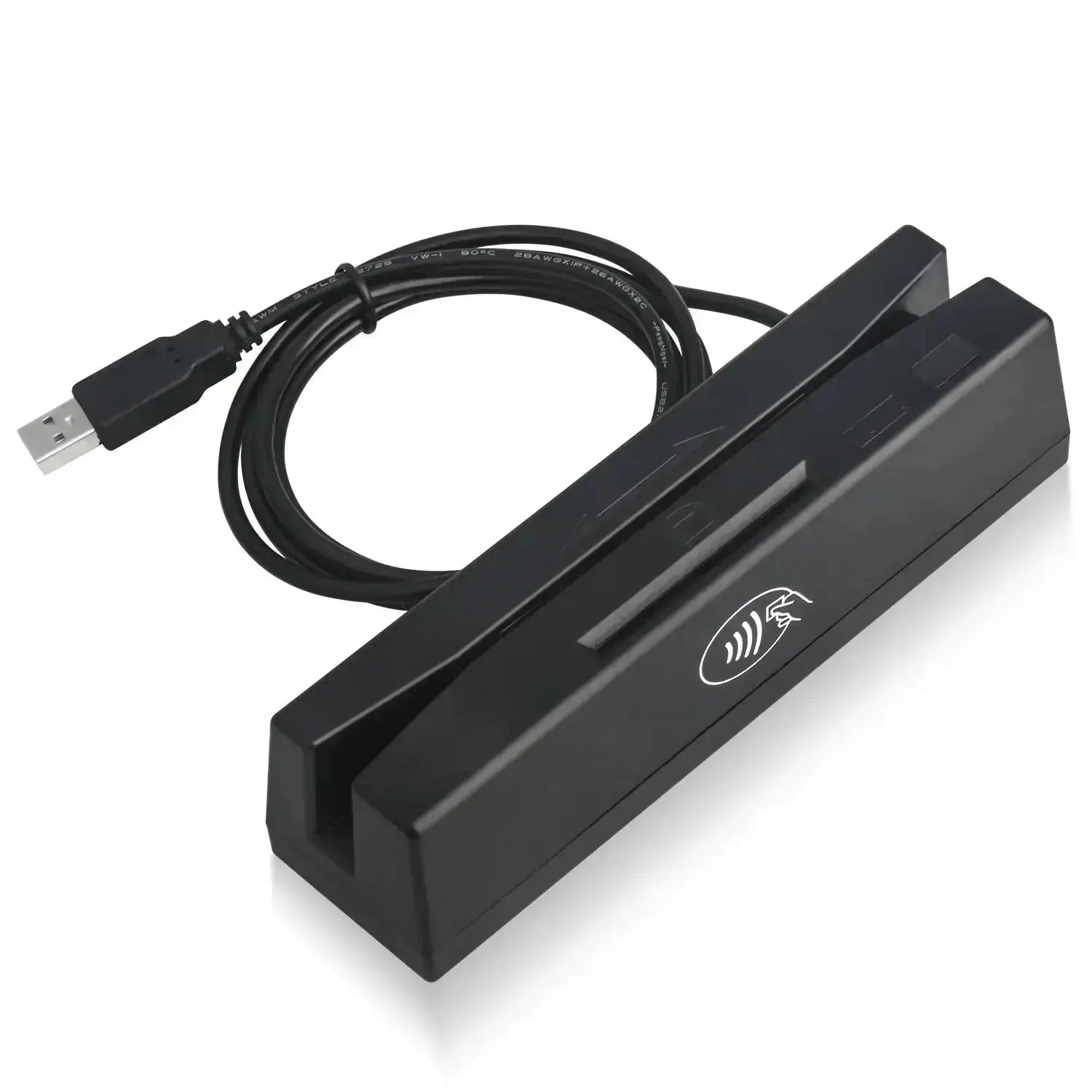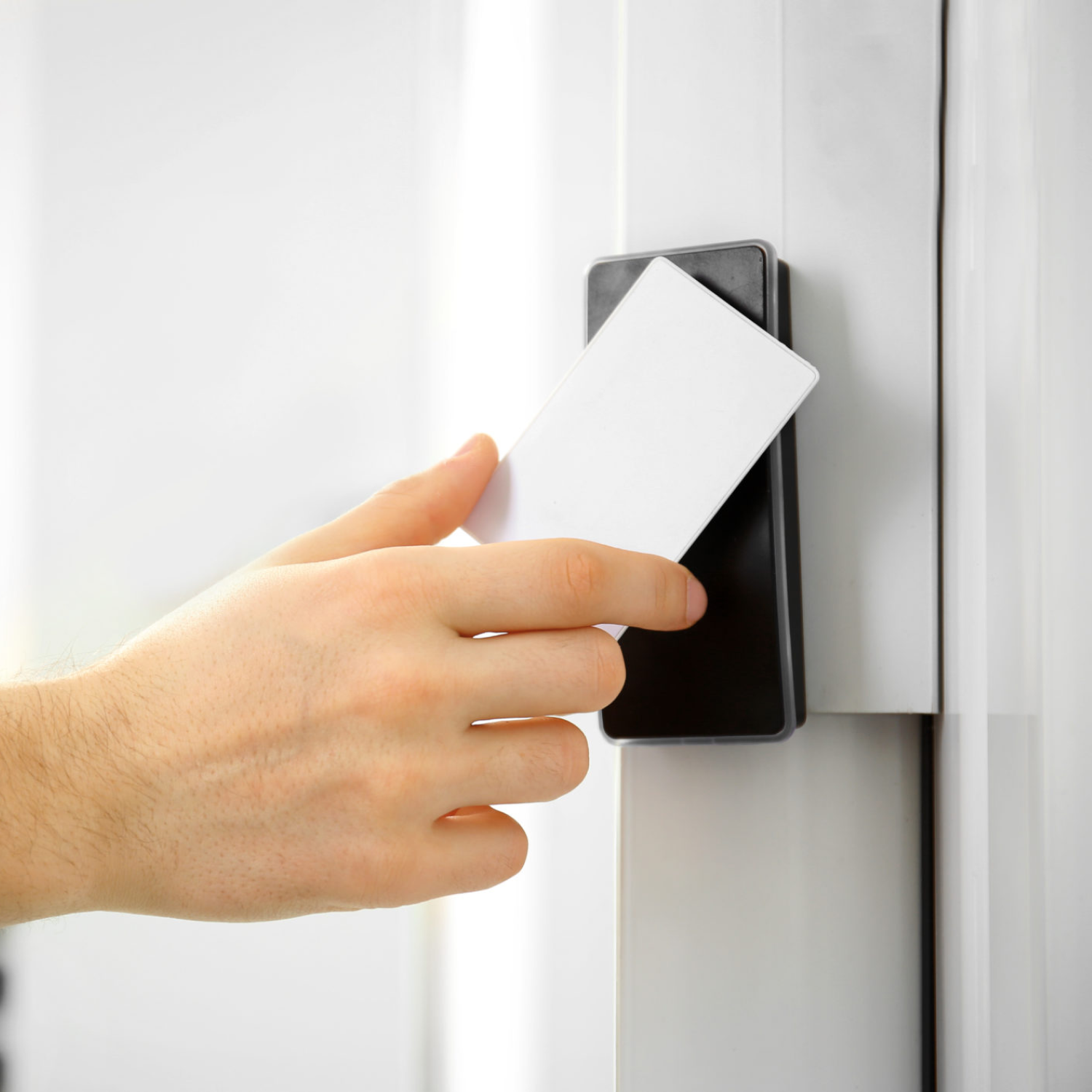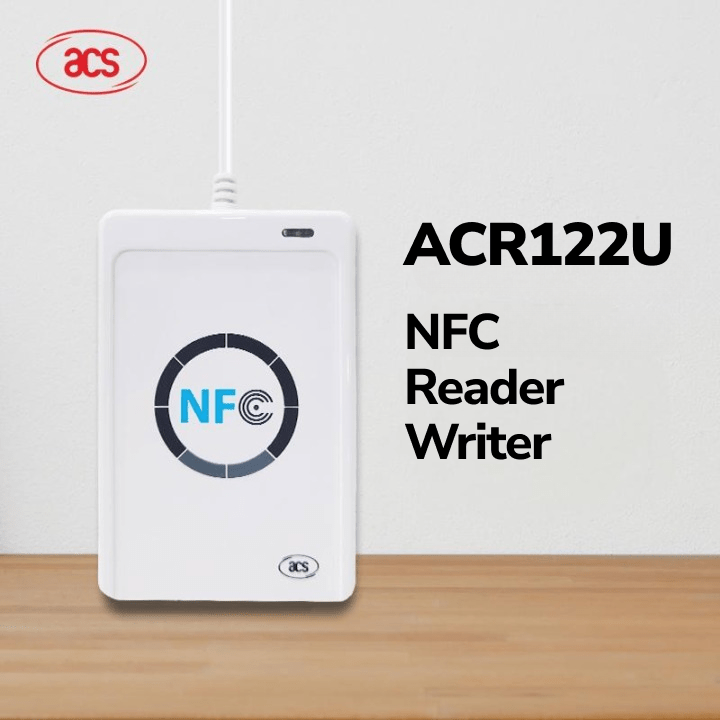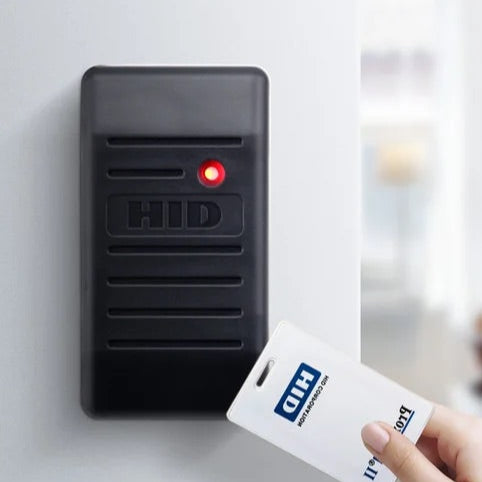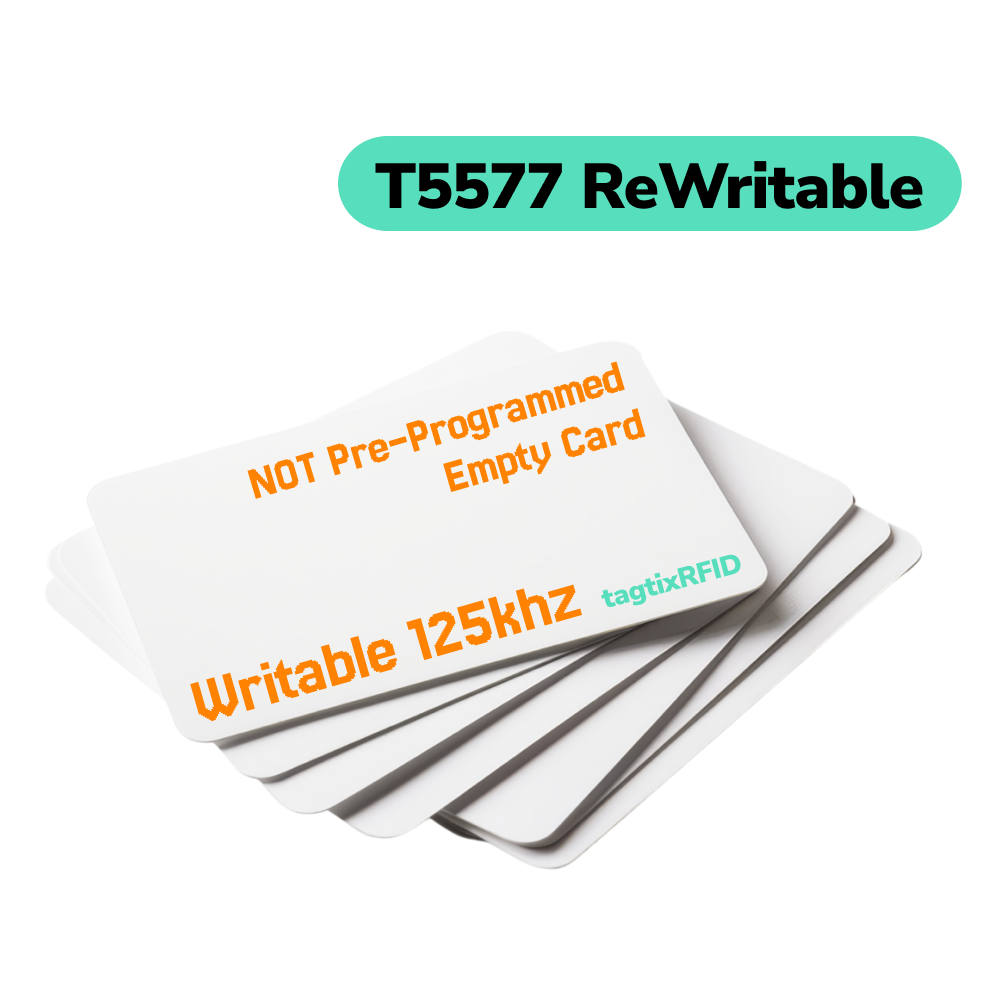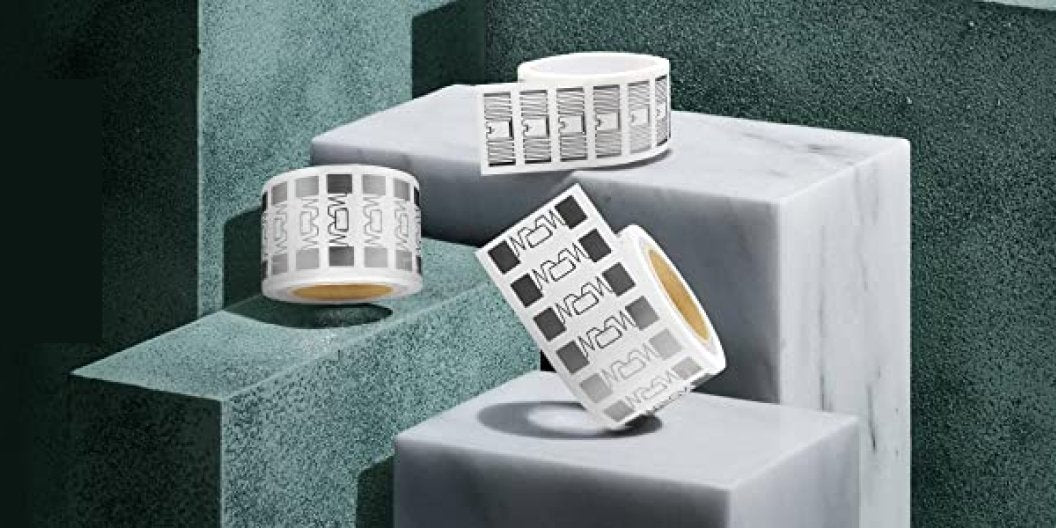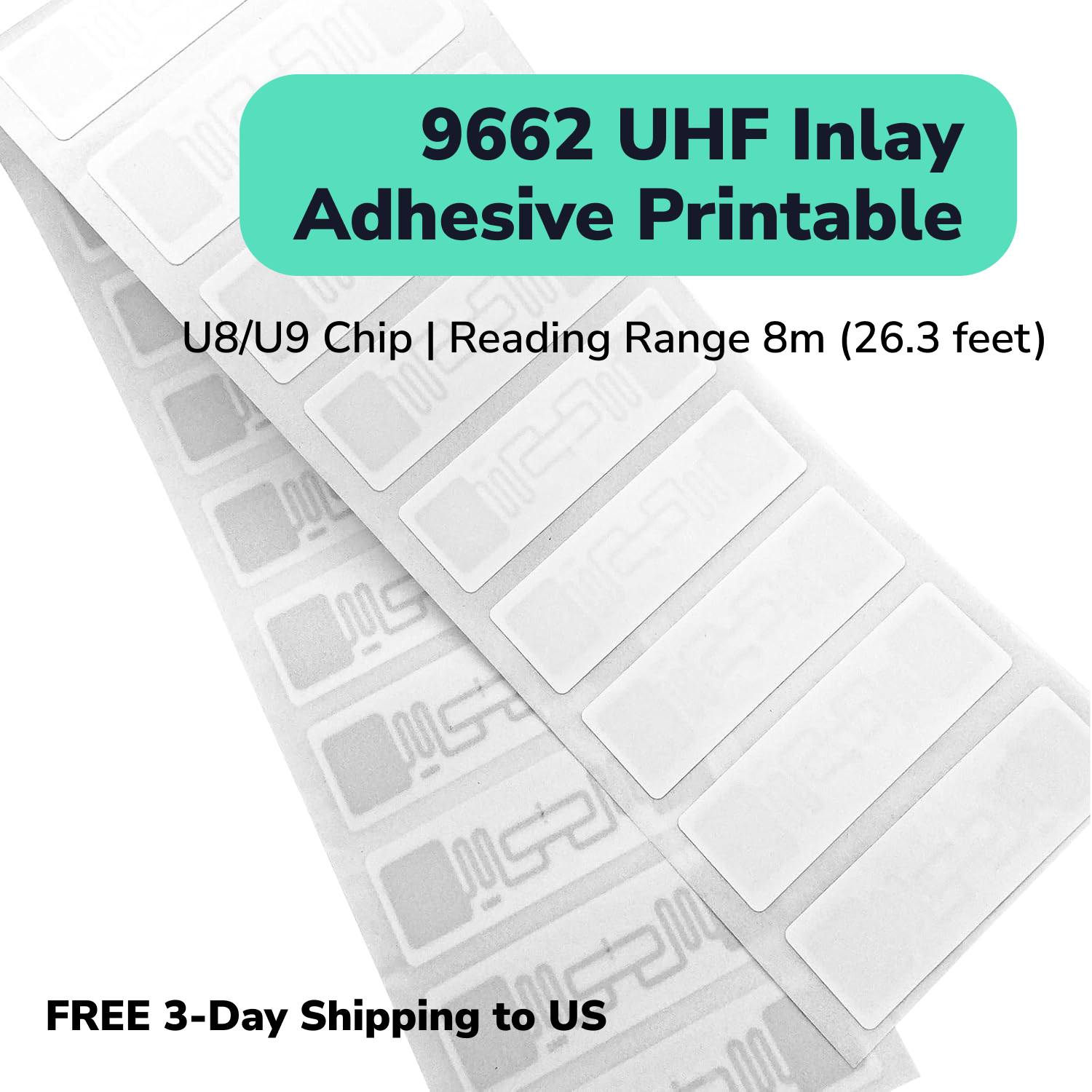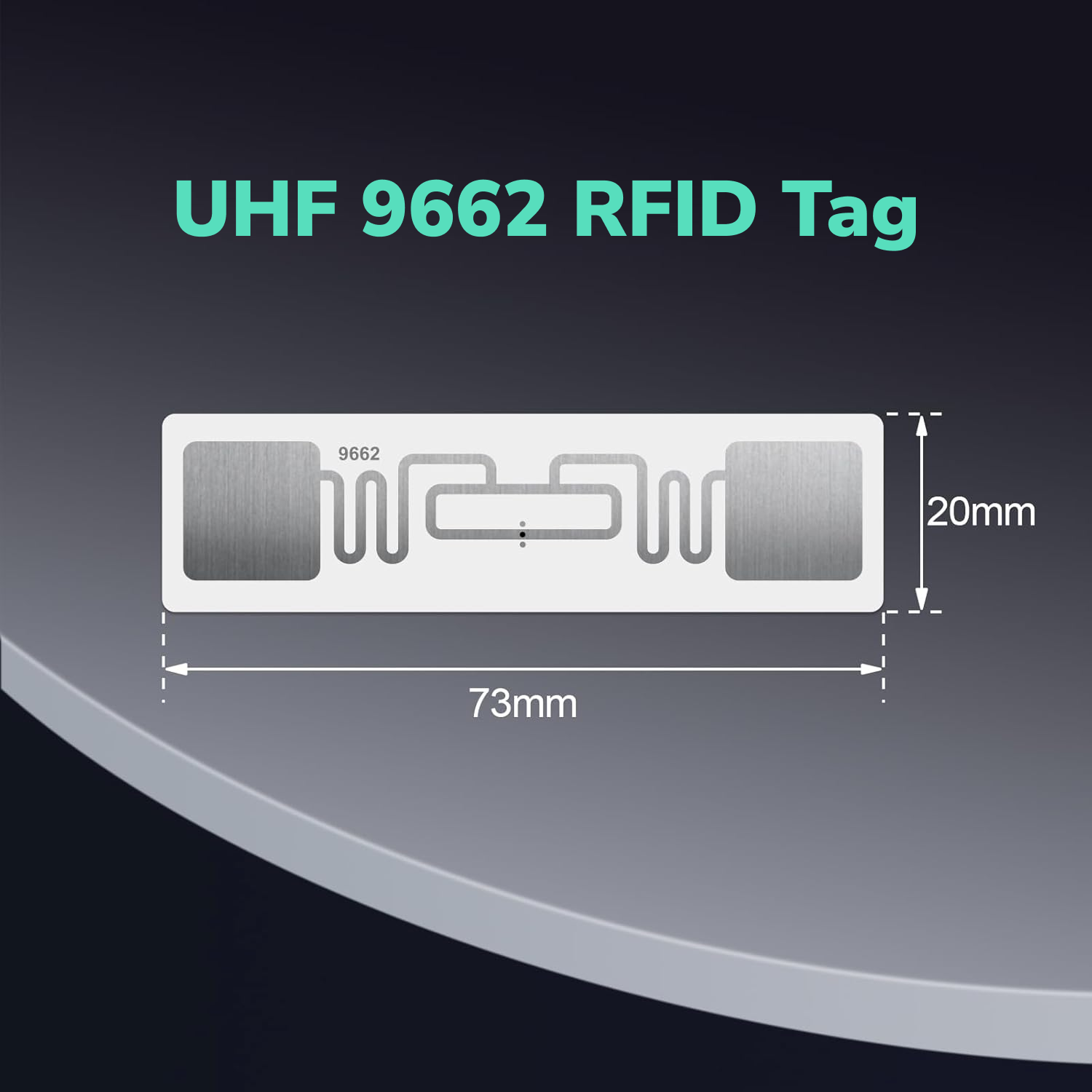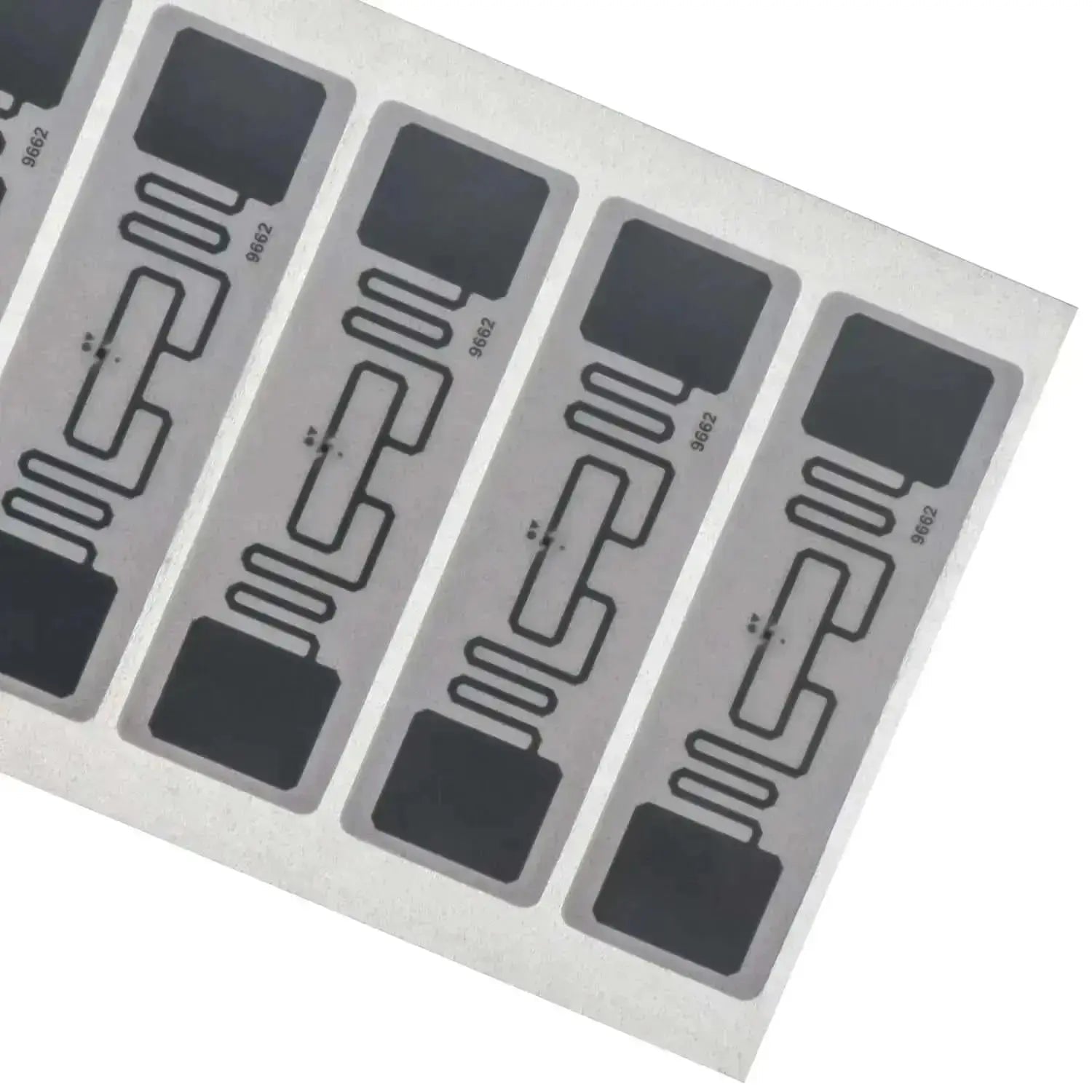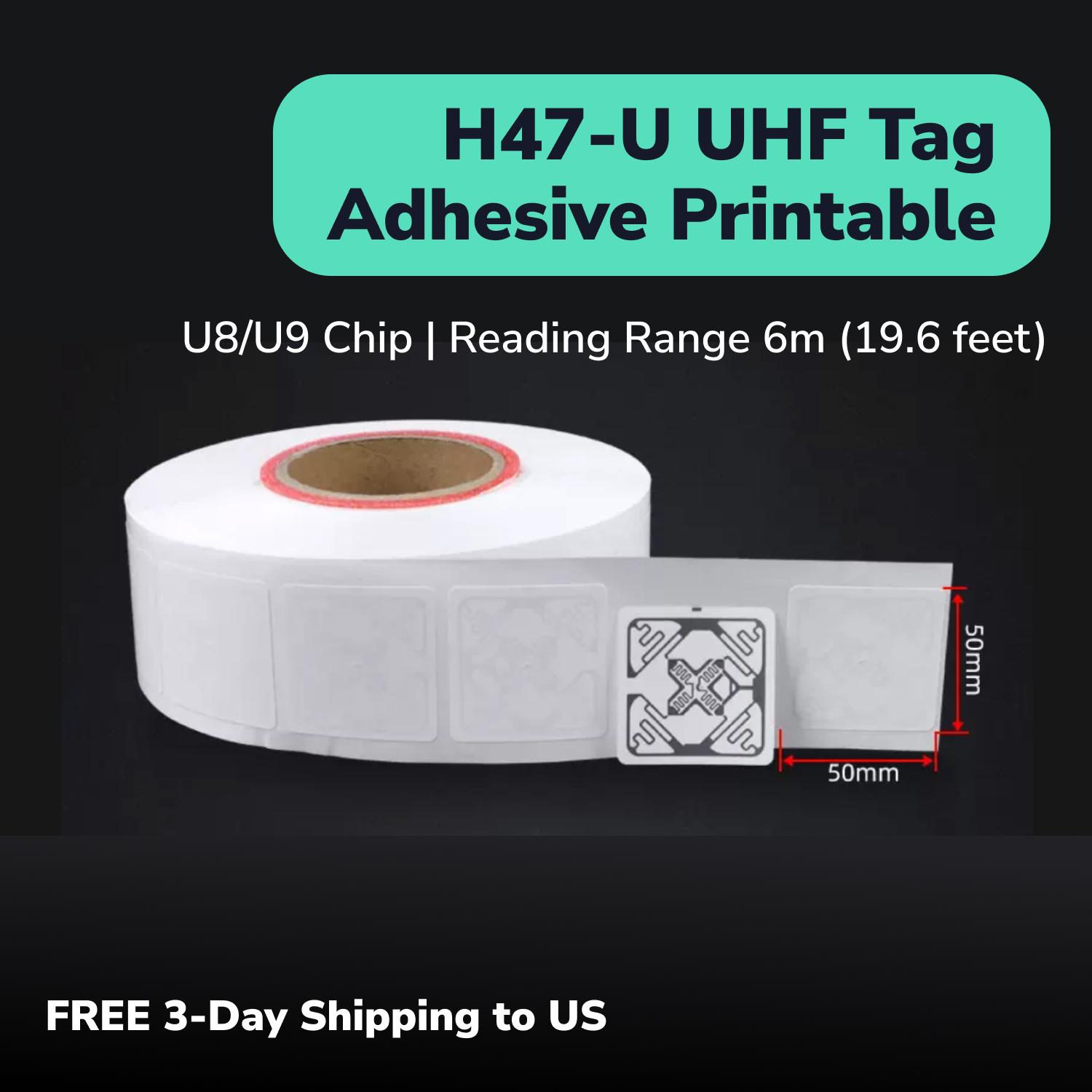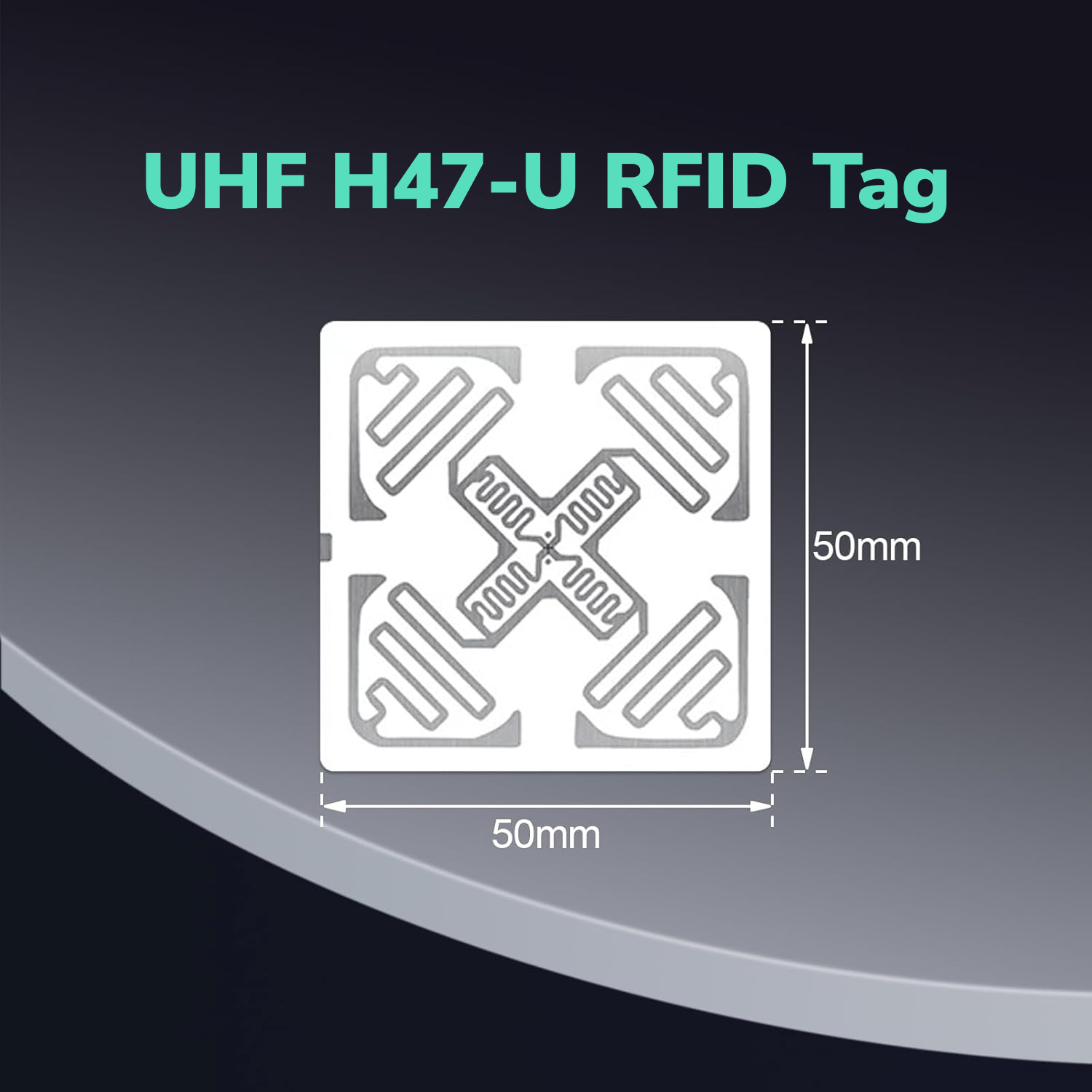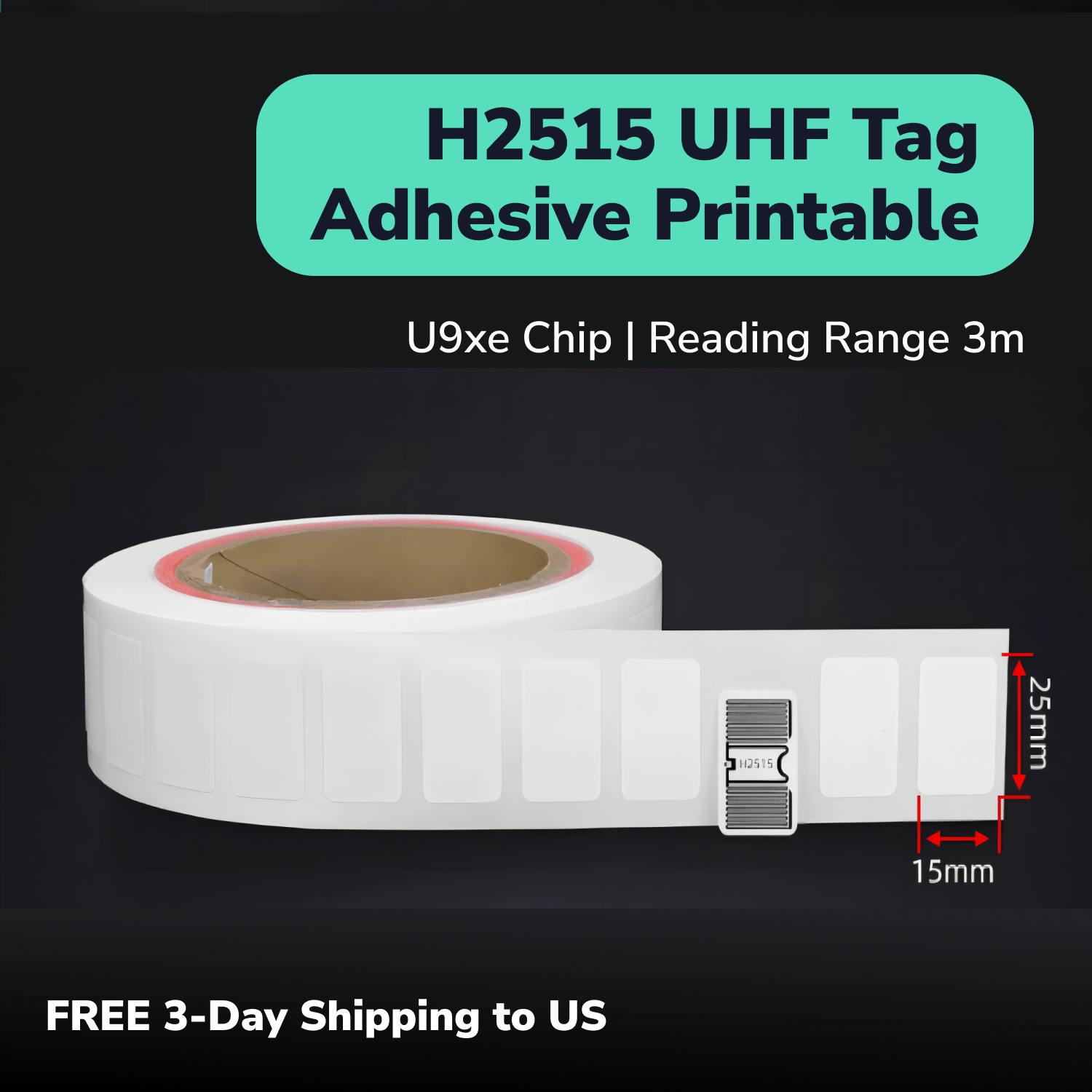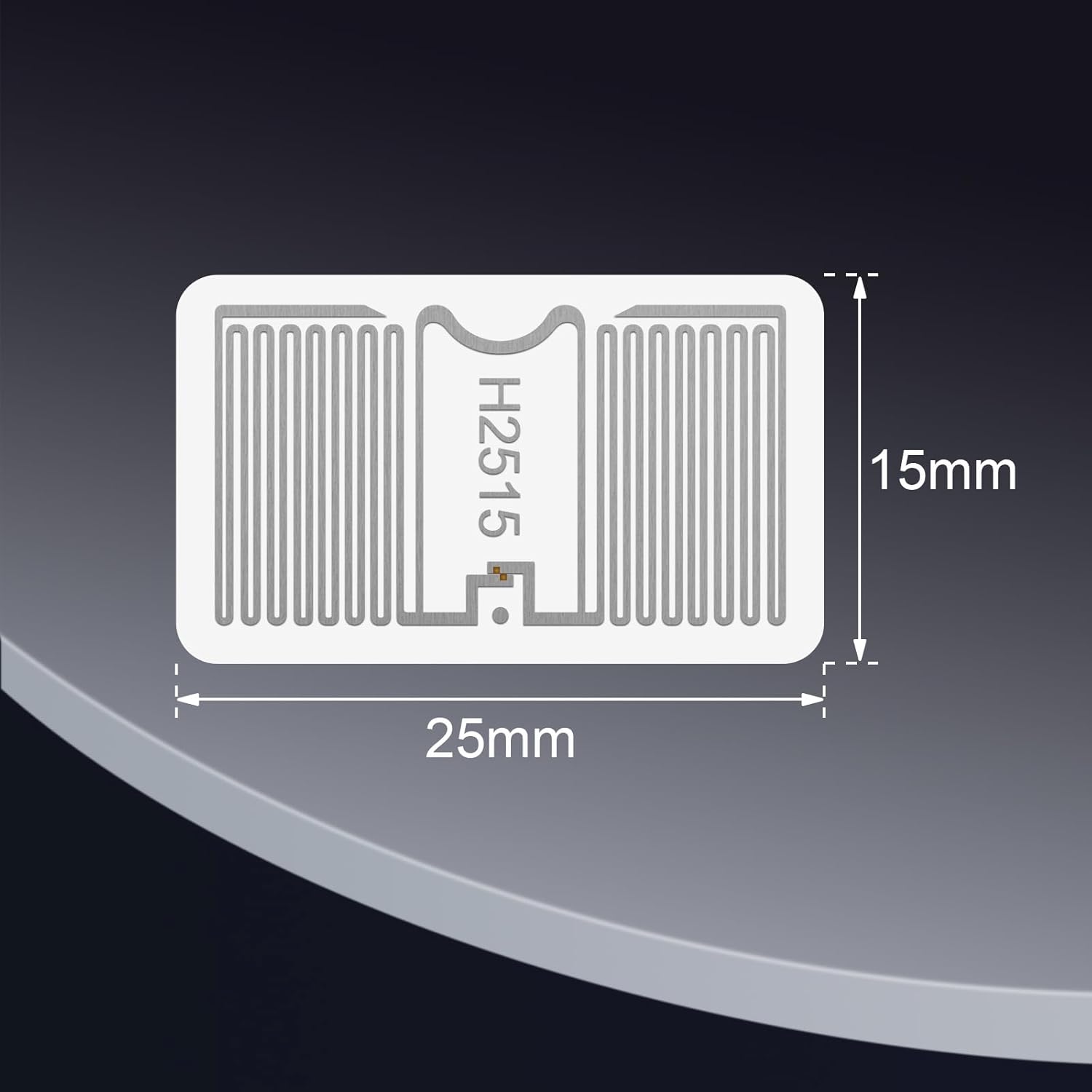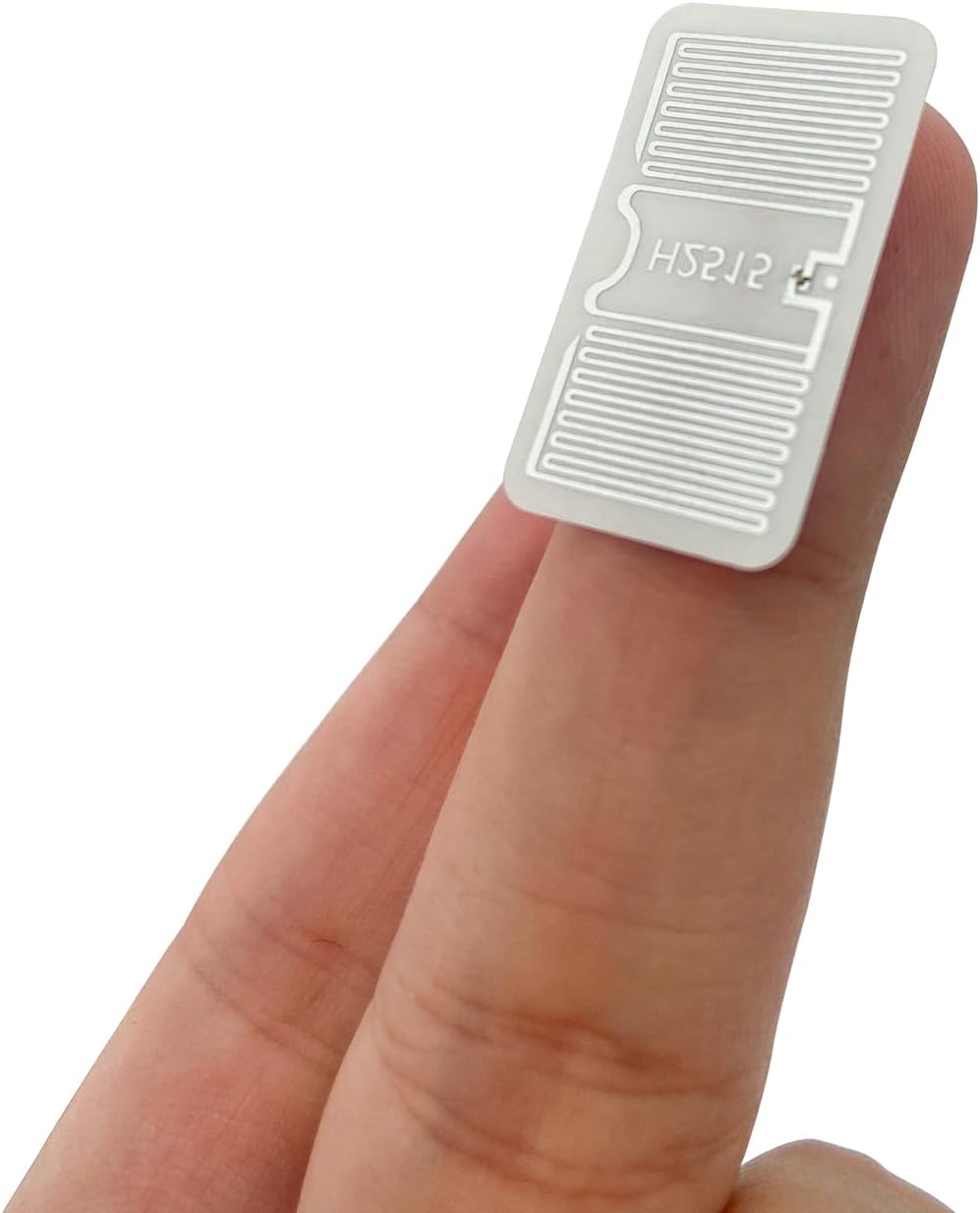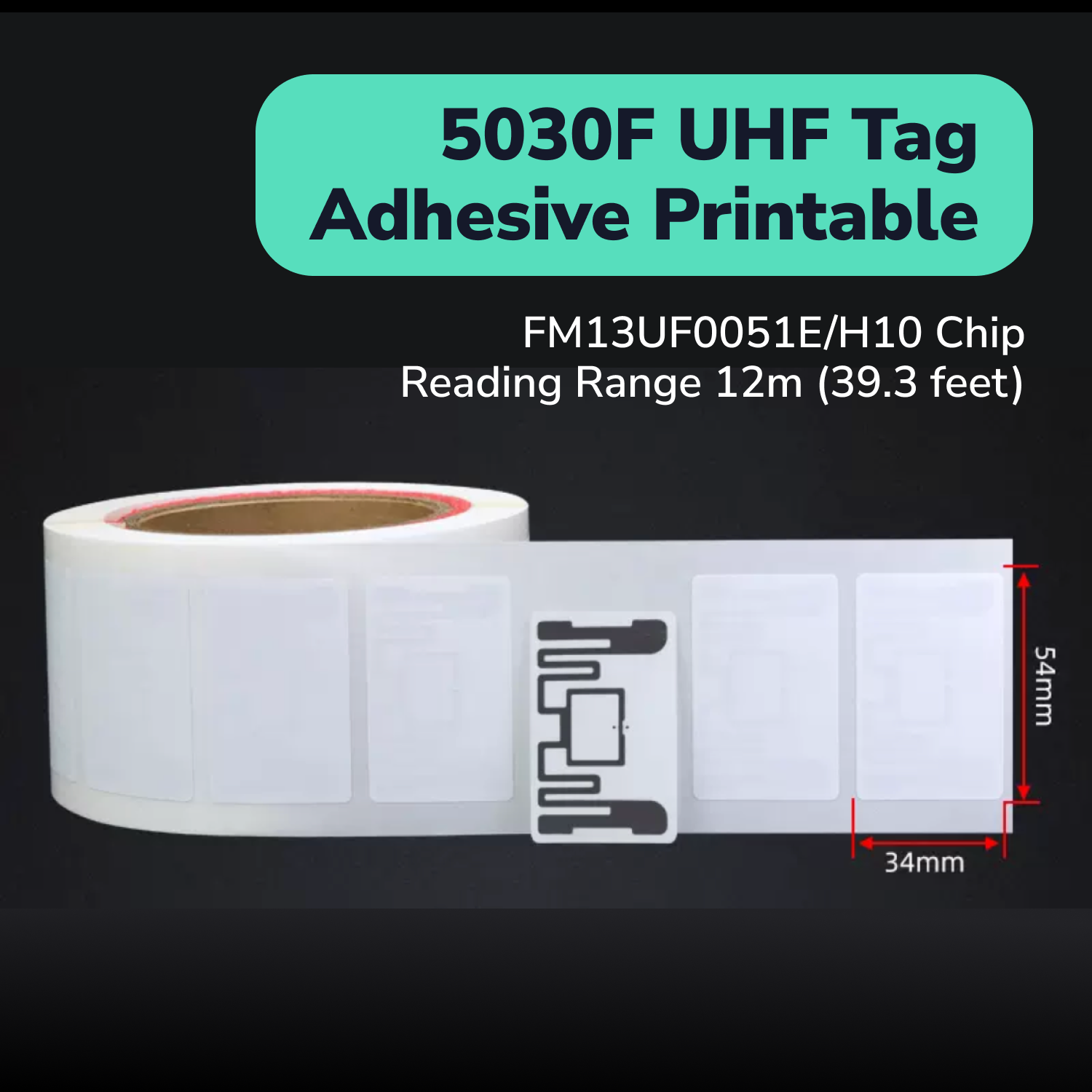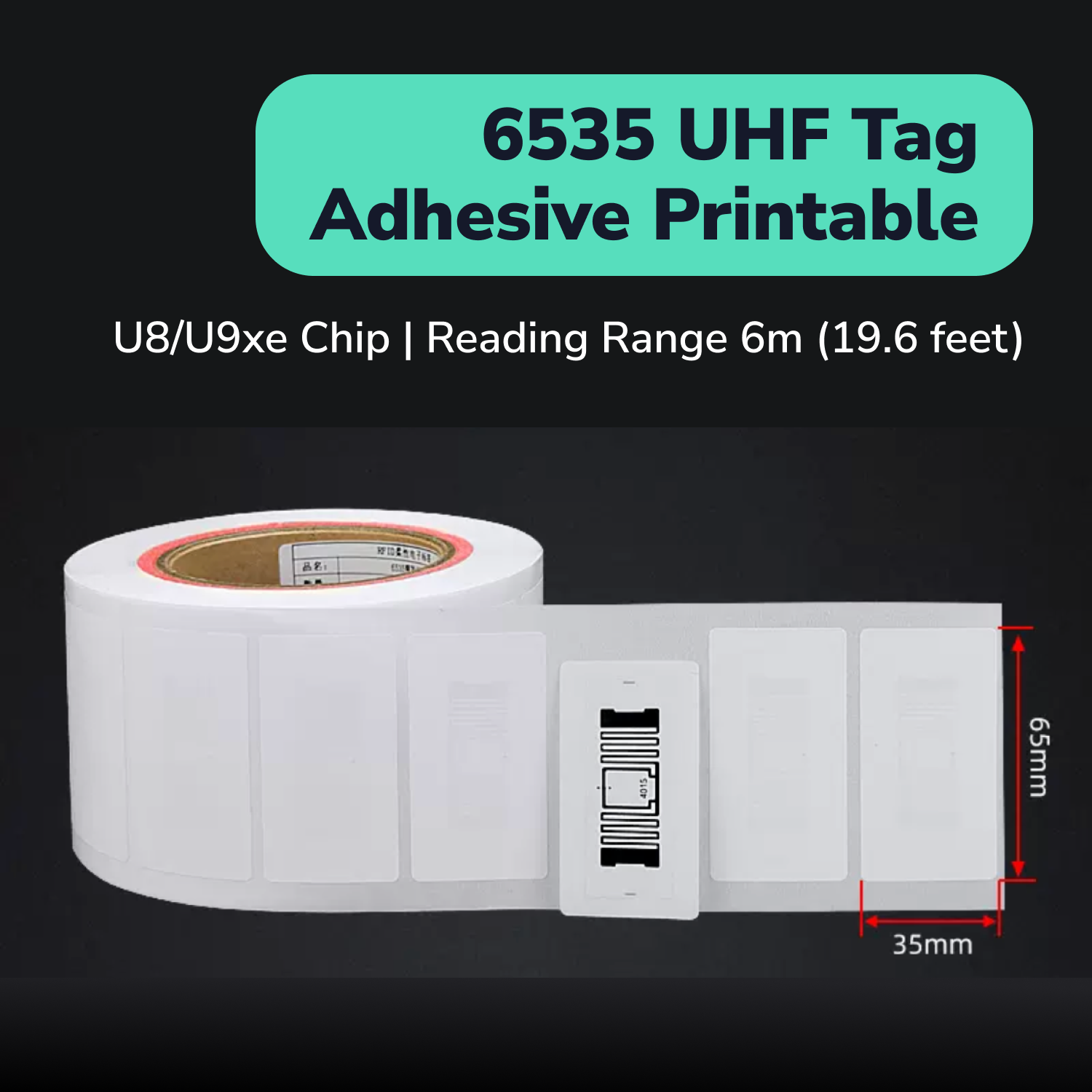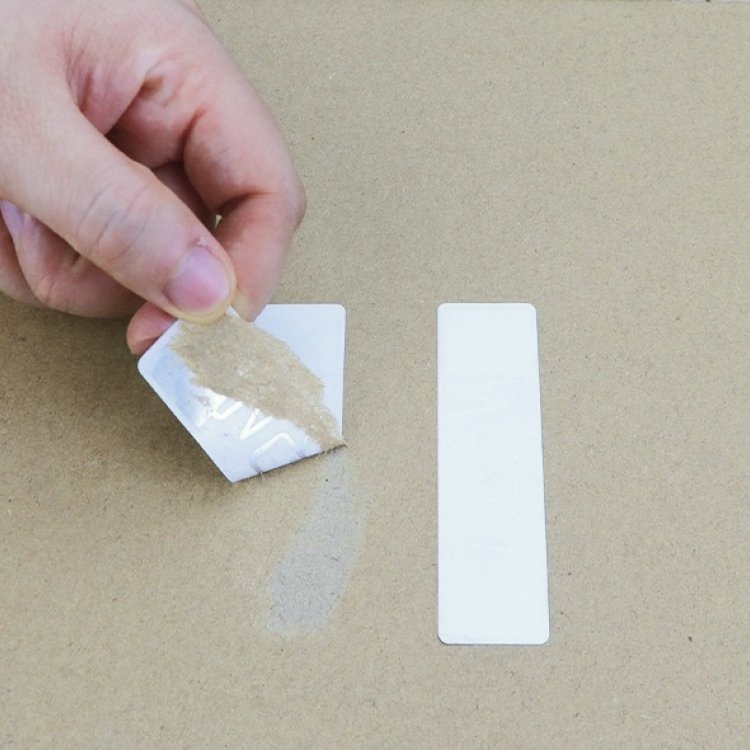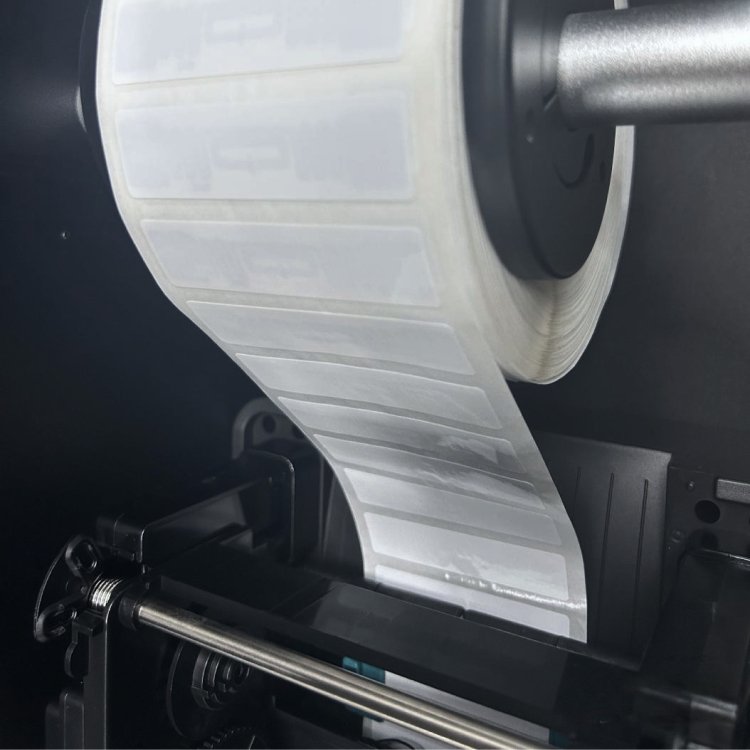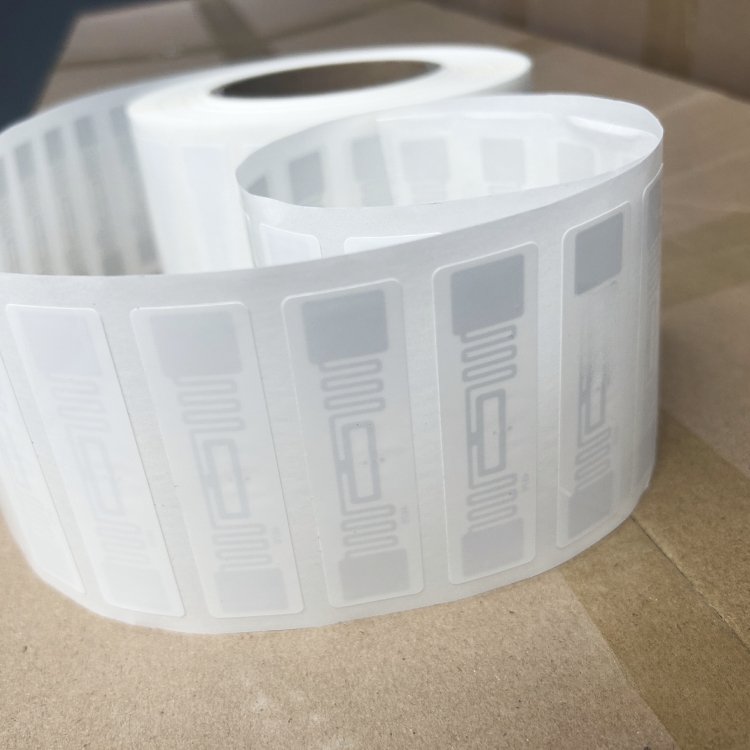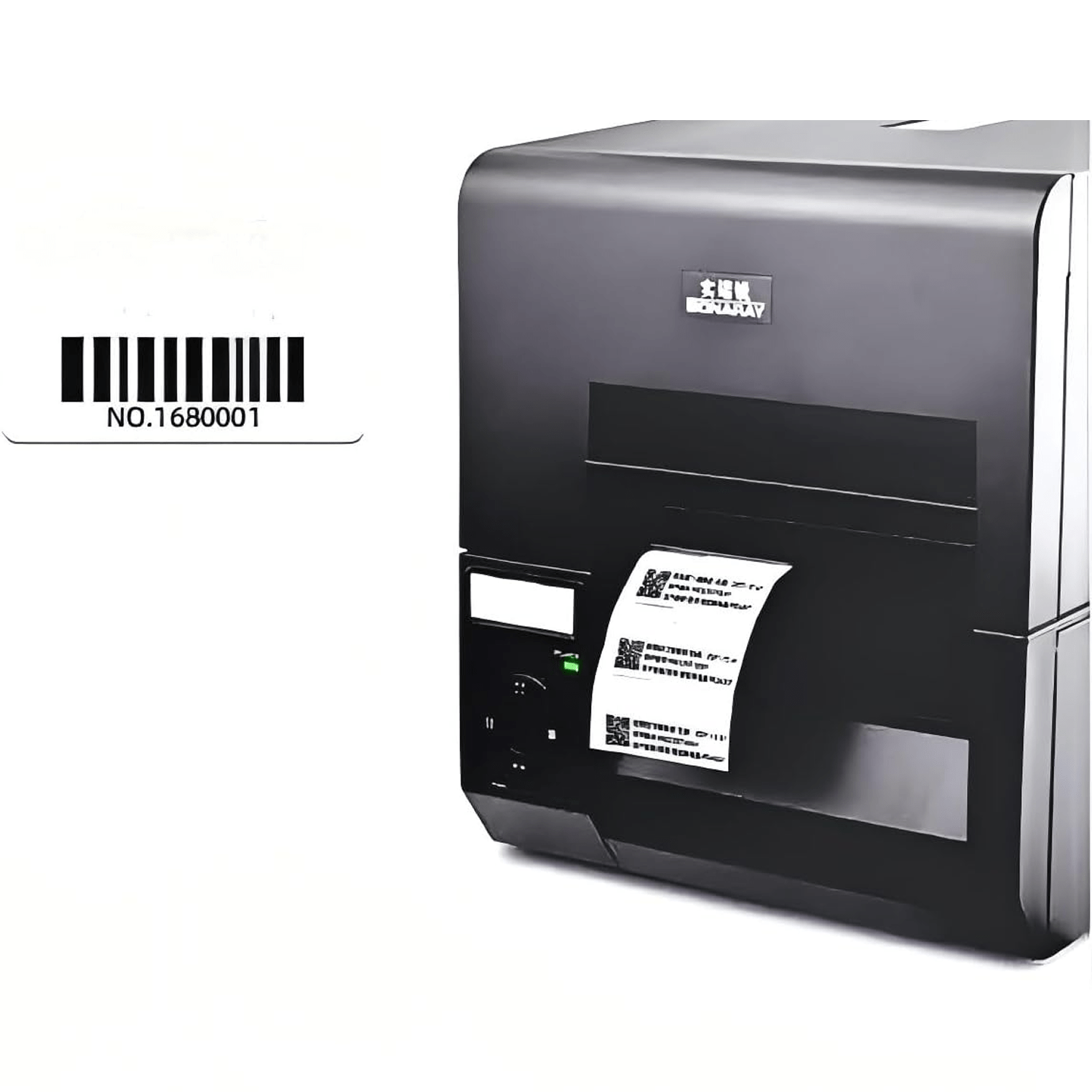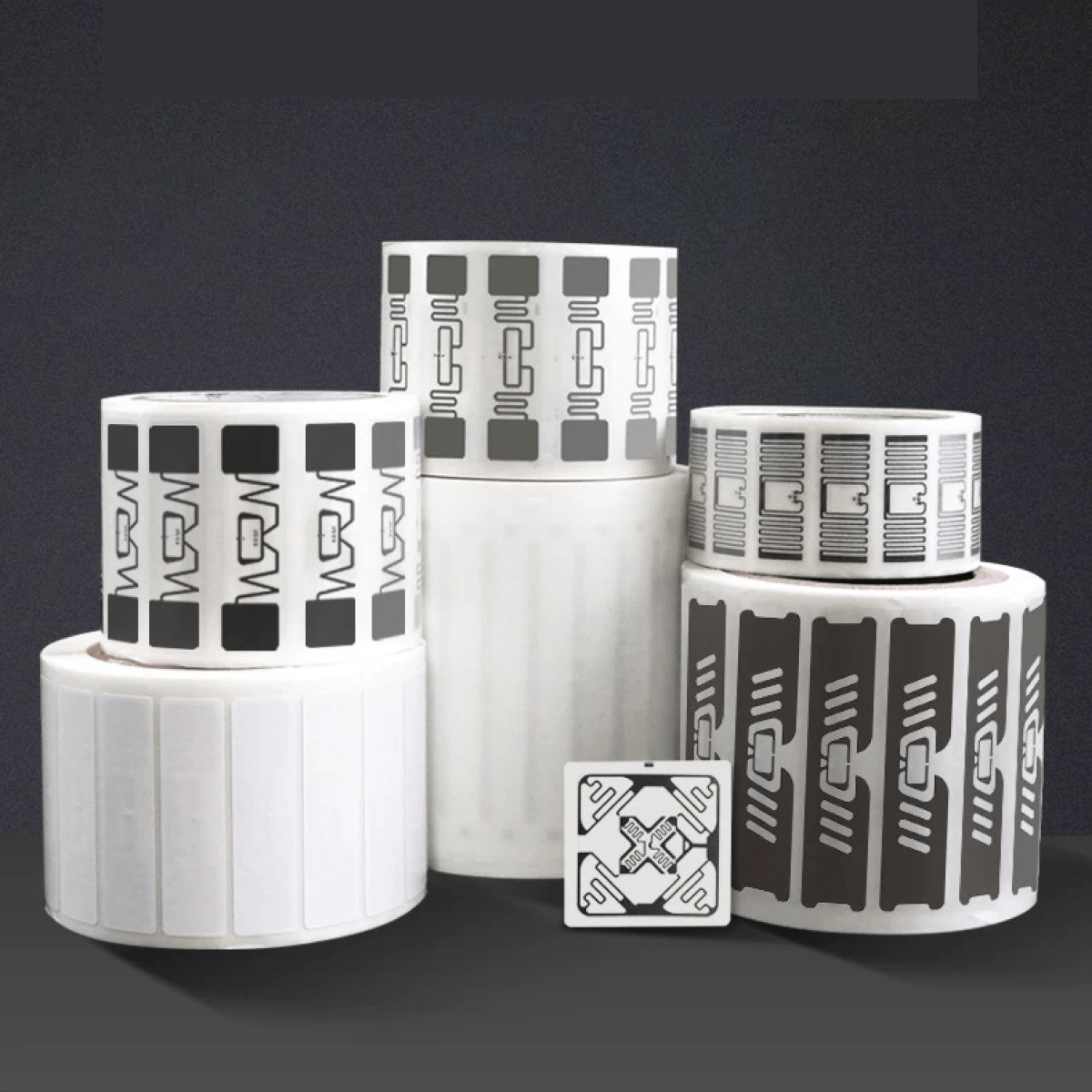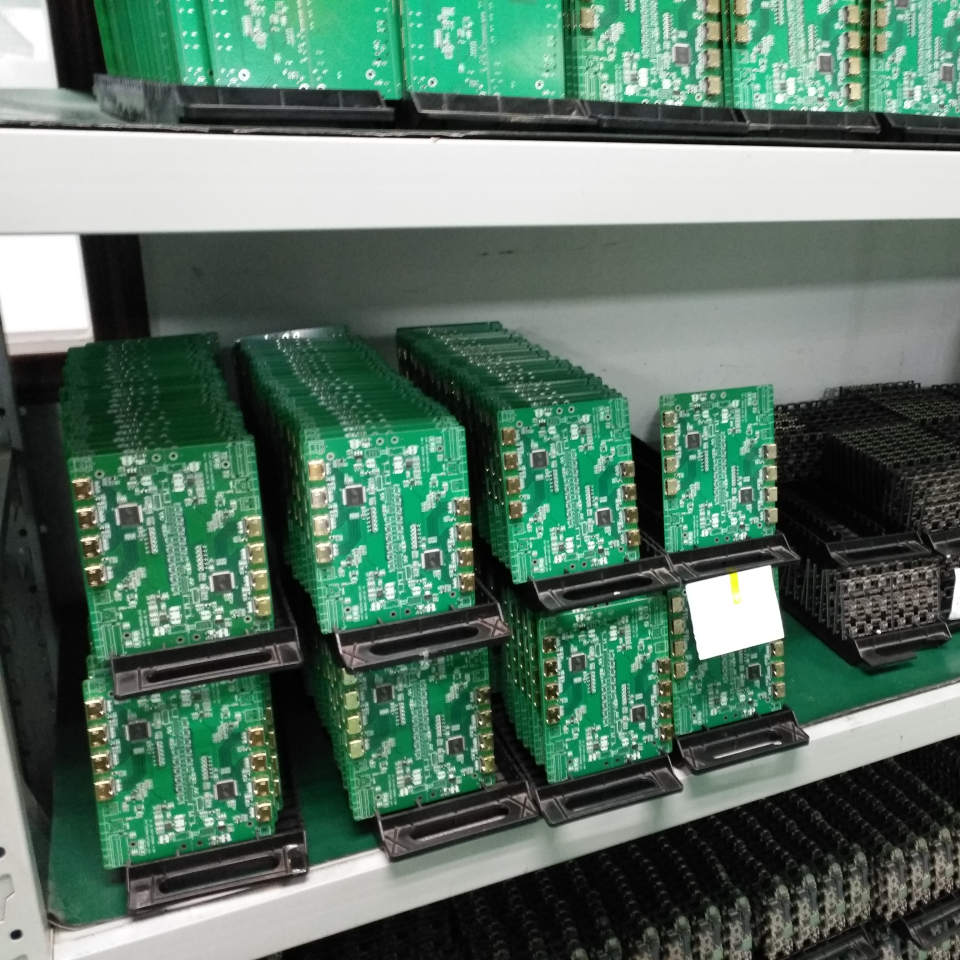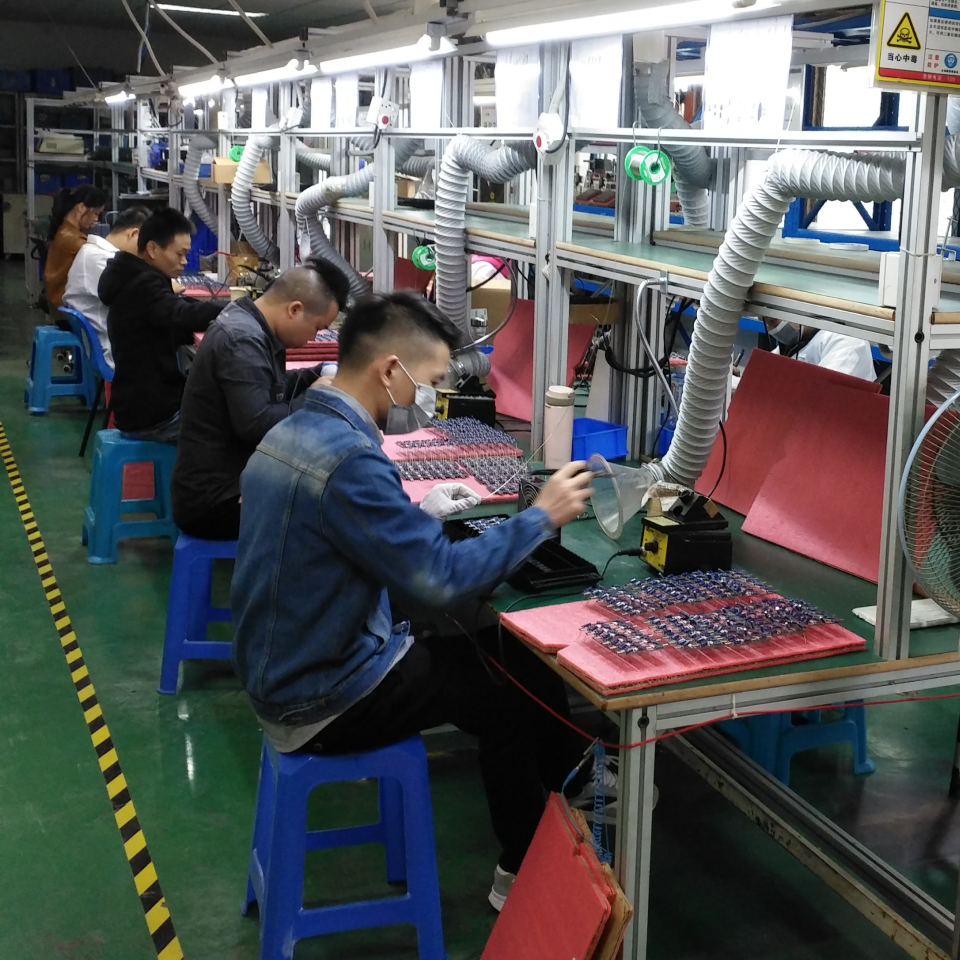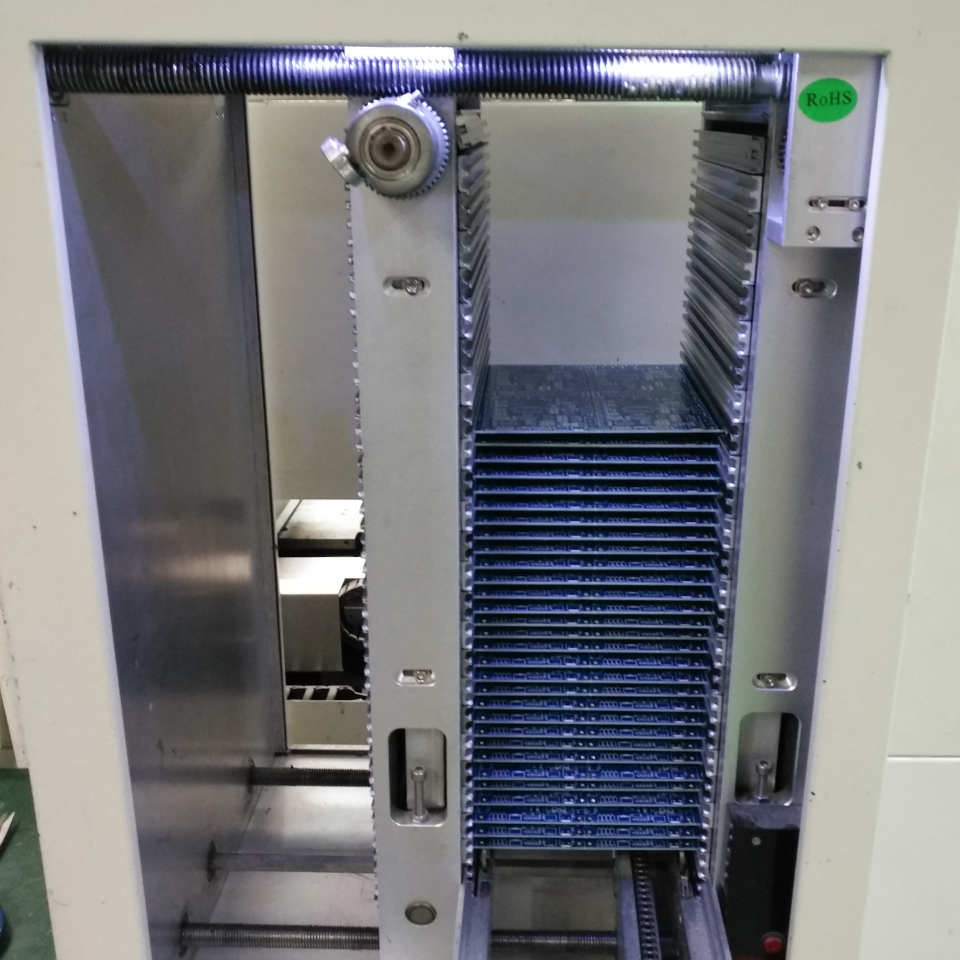What are RFID Tags?
RFID stands for Radio Frequency Identification. RFID tags are small devices that use radio waves to identify and track objects. Think of them as high-tech barcodes that don't need to be seen to be read.
These tags are super useful in many industries. They help keep track of inventory in stores, manage equipment in hospitals, and even monitor manufacturing processes in factories.
What are UHF tags?
UHF tags are a specific type of RFID tag. UHF stands for Ultra High Frequency. These tags operate at higher frequencies than other RFID tags, which gives them some special abilities.
UHF tags can be read from farther away than other types of RFID tags. This makes them great for tracking larger items or reading many tags at once.
Difference: UHF vs. HF RFID tags
The main difference between UHF and HF (High Frequency) RFID tags is the frequency they use to communicate. This affects how they perform in different situations.
UHF tags operate at frequencies between 860-960 MHz. They can be read from further away, sometimes up to 30 feet or more. They're faster at communicating and can handle reading many tags at once.
HF tags, on the other hand, operate at 13.56 MHz. They have a shorter read range, usually less than 3 feet. But they're better at working near metal or liquids, which can interfere with UHF signals.
How Do UHF RFID Tags Work?
UHF RFID tags work like tiny radio stations and receivers combined. Here's a simple breakdown of how they function:
- The RFID reader sends out radio waves.
- These waves hit the UHF tag's antenna.
- The antenna captures this energy and uses it to power up the tag's chip.
- The chip then sends back its own radio signal, carrying information stored in its memory.
- The reader picks up this return signal and decodes the information.
This whole process happens in a fraction of a second. It's so fast that a single reader can communicate with hundreds of tags almost simultaneously.
What's Inside a UHF RFID Tag?
A UHF RFID tag might look simple on the outside, but it's got some cool tech packed inside. Let's break it down:
- Antenna: This is like the tag's ears and mouth. It listens for signals from the reader and sends information back. The antenna's shape is carefully designed to work best with UHF frequencies.
- Chip (or Integrated Circuit): This is the brains of the operation. It's a tiny computer that stores and processes information. The chip has several parts:
- EPC Memory: This holds the Electronic Product Code, a unique identifier for the item the tag is attached to.
- User Memory: Some chips have extra space where you can store custom information.
- TID Memory: This contains a unique ID set by the manufacturer. It's like the tag's fingerprint.
- Reserved Memory: This area holds passwords to protect the tag's information.
- Substrate: This is the material that holds everything together. It could be plastic, paper, or other materials depending on where the tag will be used.
Forms of UHF Tags
UHF RFID tags come in different shapes and sizes. Let's look at the two main types: Labels/Inlays and Hard Tags.
Labels and Inlays
Labels and inlays are like high-tech stickers. They're super thin and flexible.

What they look like:
- As thin as paper
- Can bend easily
- Usually smaller than a credit card
Differences:
- Inlays are often clear
- Labels have a paper or plastic face for printing
Cool facts:
- Very cheap (can cost as little as 10 cents each when buying lots)
- Light as a feather (less than 1 gram)
- Come in rolls, like stickers
Uses:
- Great for tagging things that need a thin, barely noticeable tag
- Can be printed on, like regular labels
Hard Tags
Hard tags are the tough guys of the RFID world. They're thicker and stronger than labels.
What they look like:
- Rigid and thicker than labels
- Come in many shapes and sizes
- Can be as small as a pencil eraser or as big as a license plate
What they're made of:
- Tough materials like plastic, ceramic, or even metal
Cool facts:
- More expensive (from $1 to $15 each)
- Can be super light (0.2 grams) or pretty heavy (250 grams)
- Built to last in tough conditions
Uses:
- Perfect for tagging things that might get bumped or scratched
- Good for outdoor use or in harsh environments
Passive UHF Tags
Passive UHF (Ultra High Frequency) tags are small, versatile RFID devices that operate without a battery.
Unlike active tags with built-in batteries, passive tags harvest energy from the reader's radio waves. When the reader sends out a signal, the tag's antenna captures this energy, powers up its internal chip, and sends back its stored information.
Passive tags excel in inventory tracking and supply chain management. Here's what makes passive UHF tags stand out:
- No battery required, resulting in a longer lifespan
- Smaller size and lower cost ($0.10 to $3 per tag)
- Read range up to 30 feet (10 meters)
Need Different Sizes of Passive UHF Tags?
Here we have a wide selection of Long Range UHF tags in PET 3M Adhesive meterial and different sizes.

What is UHF used for?
UHF RFID technology has a wide range of applications across various industries. Here are some common uses:
- Retail Inventory Management: Stores use UHF tags to keep track of their stock. They can quickly count items without needing to scan each barcode individually.
- Supply Chain Tracking: Companies use UHF tags to monitor products as they move from factories to warehouses to stores. This helps them know where things are at all times.
- Asset Tracking: Businesses use UHF tags to keep tabs on valuable equipment. This is especially useful for items that move around a lot, like tools on a construction site.
- Automotive Manufacturing: Car makers use UHF tags to track parts through the assembly process. This helps ensure the right parts go into the right vehicles.
- Healthcare: Hospitals use UHF tags to track equipment, ensure the right medications go to the right patients, and even monitor the location of staff and patients.
- Library Management: Many libraries use UHF tags in books and media. This makes check-out faster and helps prevent theft.
- Race Timing: UHF tags are often used in marathons and other races to accurately track when runners cross the start and finish lines.
- Livestock Tracking: Farmers use UHF tags to monitor their animals, keeping track of health records and preventing loss.
- Luggage Tracking: Some airports and airlines are starting to use UHF tags to help reduce lost baggage.
- Access Control: UHF tags can be used in ID badges to control access to buildings or specific areas within a facility.

